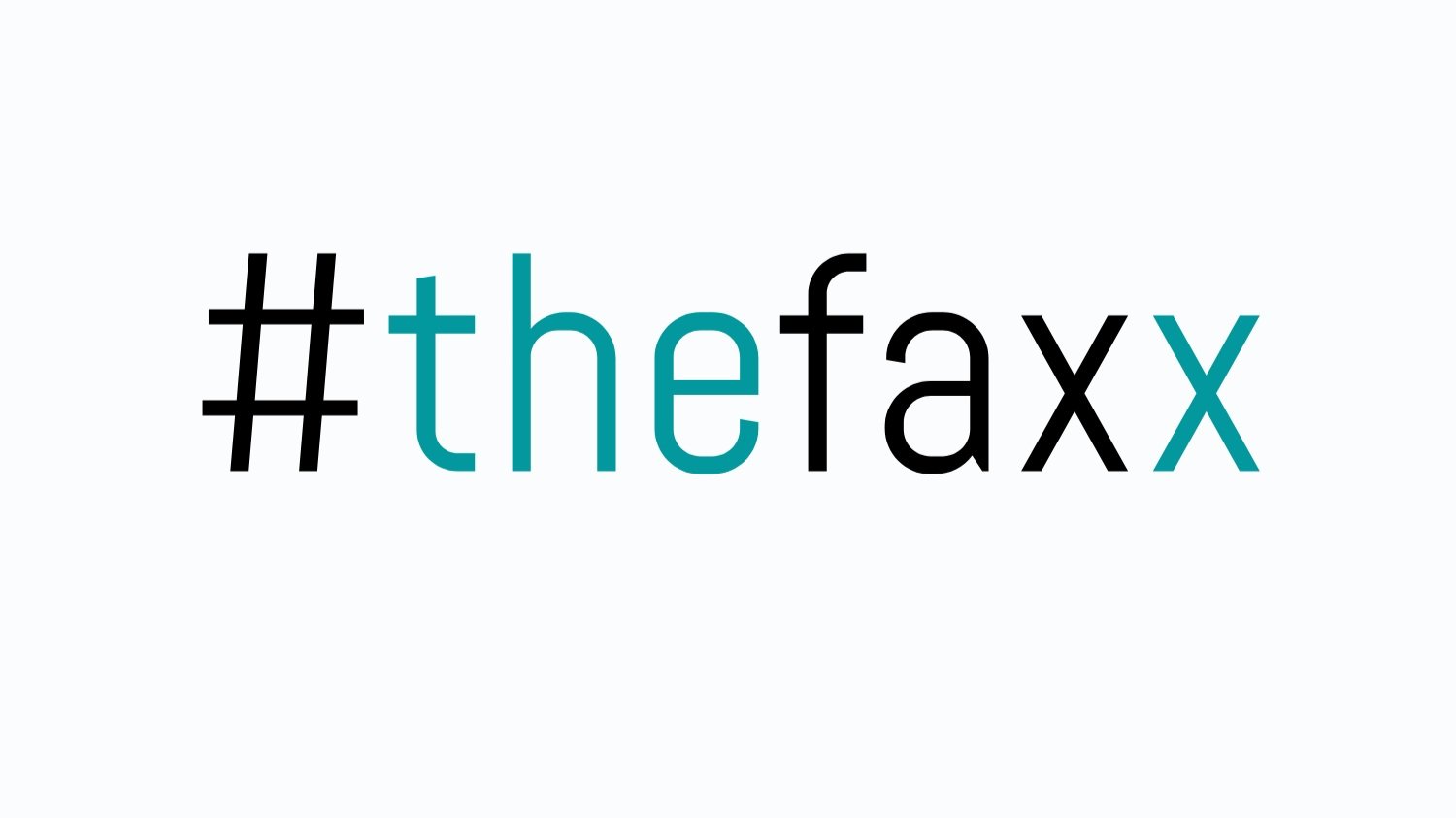How Can Empowering Women & Girls Help End World Hunger?
August 17, 2021
“Conflict, the COVID-19 pandemic, and climate change” have caused world hunger to reach “a five-year high in 2020.” Sending aid is one way—and usually the way—to help. But, what about mobilizing and empowering the women and girls who grow, cook, and prepare most of the world’s meals as a significant asset in fighting and reducing famine?
How? Look at the numbers.
Small-scale agriculture growth ”is two to four times more effective at reducing hunger and poverty than any other industry.” And ~80% of small-scale farmers are women.
2010-11 The State of Food and Agriculture Report stated that: If women had the same access to productive resources as men, they could increase yields on their farms by 20–30 percent. Which the report cites, this could feed an additional 80-100 million people on the planet. While it’s hard to put those kinds of numbers into perspective, consider that currently, “Ethiopia, Madagascar, South Sudan, and Yemen are already experiencing famine-like conditions, and nearly three dozen more countries could experience famine, putting 130 million more people at risk of starvation.” It’s time to do the math and let these numbers speak for themselves. Empowering women isn’t just a worthwhile agenda anymore; it’s a global solution.
Read the Global Citizen article here.
Trickle down economics that work
It’s also proven that women farmers with more opportunities increase their incomes, and that “when women earn more income they are more likely to use their money to feed and support their families, reinvest up to 90% of their earnings back into their households,” which increases nutrition, health and keeps girls in school versus having to work to support their families, while boy children go to school—“all of which also helps break cycles of generational poverty.”

